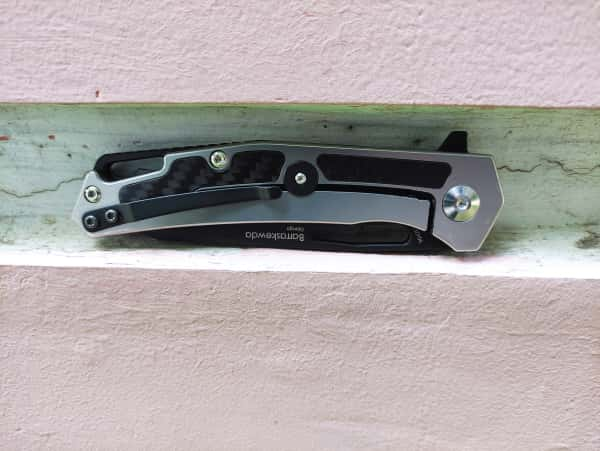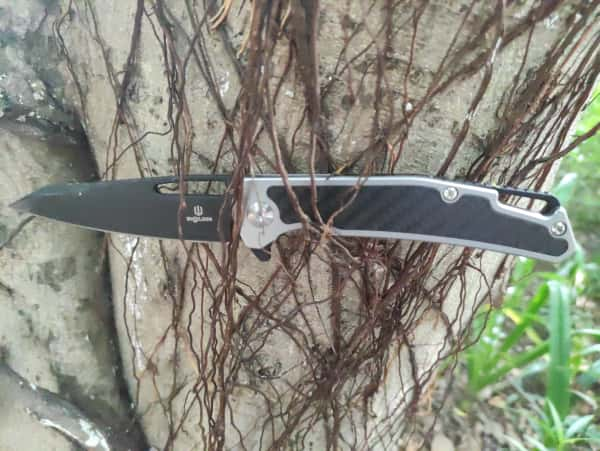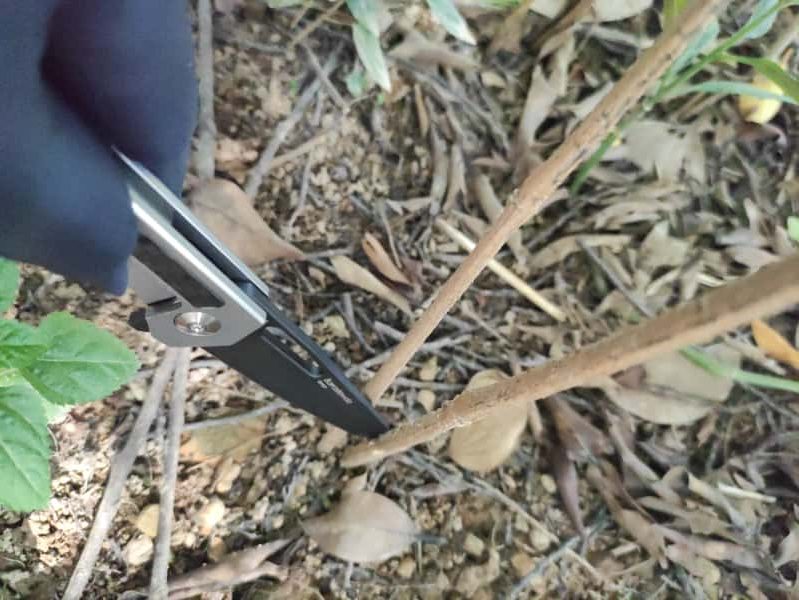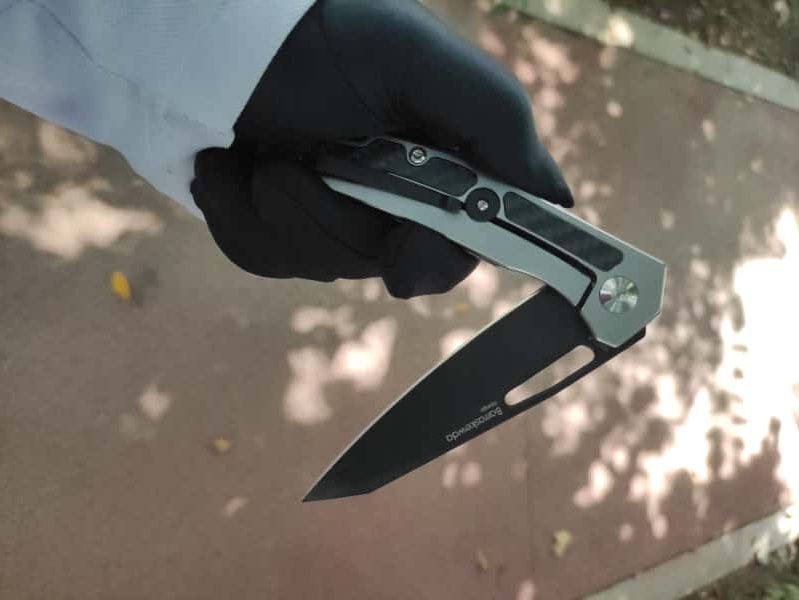A good survival pocket knife is a hunter and camper’s best friend. Not only can it help you skin and butcher your kill, but it can also be used for a variety of other tasks, both in the wild and in everyday life.
Having the greatest brand of a pocket knife is one thing, but knowing how to use it is another.
It’s common for people who have never used a knife before to be seriously hurt because they thought all they had to do was grasp the handle and start cutting.
A survival knife is not a toy; in fact, one false move might have disastrous consequences.
So, what are some of the prerequisite abilities for a hunter or survivalist to make effective use of a survival knife? Today, we’ll get into that very question.
Cutting
Cutting is a knife’s primary function, and you’ll have to do a lot of it while you’re out in the wilderness for activities like hunting and camping. Ropes, tents, and animal skins are all examples of such items.
To prevent cutting oneself, you must be familiar with the proper knife technique.
One such safety tip is to always cut away from your body while doing any kind of cutting that might cause injury to yourself.
Make it a habit to sharpen your knife before every camping trip to keep it in great shape.
You can also try experimenting with different grips to find one that works best for you. Some people prefer a grip that’s closer to the blade, while others find it easier to use a handle-heavy approach.
Balance is key when it comes to survival knives, so try practicing with various weight distributions until you’ve found an ideal one for your needs.
Batoning
Batoning is a technique where one piece of wood is used to drive a knife through another, therefore reducing the latter to smaller pieces.
The blade must be rigid and the operator must have excellent control over his or her strikes.
Many owners of survival knives see this as an irreparable method to sign their blade, and indeed, it often does.
Though it’s not the only way to split wood, it’s certainly one of the best and simplest methods, especially when considering the option of using an ax, which can be very heavy and awkward to carry about.
Knife Throwing
Despite the fact that knife throwing is more often practiced as a pastime than a defensive skill, it is useful in many cultures.
With proper skill, throwing knives may be an effective weapon while hunting small game.
It’s quite useful since you can do it from a great distance, buying you time to sneak up on the animal. Do not expect to get from novice to professional in knife throwing without putting in the necessary practice time.
If you’re not used to doing this, it’s best to start with lesser distances and work your way up gradually.
Digging
Digging is an essential camping skill. Useful for erecting tent poles and constructing shelters to prevent wet equipment from touching the ground.
However, digging equipment is heavy, so transporting them might be a hassle.
Hole-making is a must for tent setup, and outdoor EDC knives are a handy tool for the job.
However, you’ll need to be aware of the terrain types to avoid. In order to avoid dulling the knife, it is best to dig in soft soil.
Also, remember to stock up on the tools you’ll need to sharpen and oil the knife afterward. After digging, the knife should never be left in that position since it will get irreparably ruined.
Spearing
People who like the outdoors often go camping, and one of the activities they enjoy is fishing.
Travelers who want a lighter load may opt to skip bringing their fishing gear. A survival knife may be converted into a fishing spear.
You may spear a fish in fairly shallow waters by either attaching the knife to the end of a light pole or carving a spear out of wood and utilizing it.
A knife’s point will likely be dulled after striking rocks in the river bed, so make careful to secure it firmly and have equipment for sharpening it before you go out.
Making a Fire
Most campers take a box of matches with them, but mishaps sometimes happen. You may lose them, or an unexpected downpour could wash them away.
A survival knife’s flexibility is put to the test in situations like these. It will take just a few minutes to start a fire using your stainless steel blade and a ferro rod.
A flint stone may be used to start a fire by striking a carbon blade.
The spine, not the cutting edge, is where you want to focus your blows when hitting a blade to make fire, and a spine with a 90-degree angle is ideal.
Processing Meat
It’s not the hunting that’s difficult, but rather cutting up the meat correctly so that nothing is wasted.
Skinning, slicing the flesh and separating the unwanted bits from the fresh ones, and removing the hooves, heads, and other non-edible components are all part of the meat-processing process.
To do this effectively, incisions must be made carefully in strategic locations to limit the spread of disease
When butchering an animal, it helps to be familiar with its internal structure. Mastery of this ability is time-consuming.
Takeaways
Having a survival knife and the know-how to use it will make the most of your outdoor adventures, which are already wonderful. Chances are that you will find yourself in a situation where your knife skills come in handy, whether it’s splitting wood, hunting, or processing meat.
So be sure to practice using your knife regularly and always be prepared with the right tools and knowledge. Remember, safety is key when working with knives!
Check out our Shieldon and reach out to any questions you may have regarding survival knives and their many uses answered by our staff of knife specialists.
You can also follow us through the following ways:
https://www.facebook.com/ShieldonCutlery
https://www.instagram.com/shieldon_knives_and_tools/
https://www.youtube.com/channel/UC_Dz–HODWHFY4AaUF0z11Q
https://twitter.com/Shieldonknives1/
https://shieldonknivesandtools.tumblr.com/








